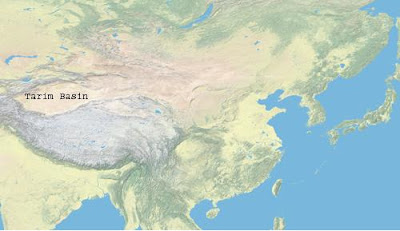China, Japan, and Korea: A Friendly Public Sphere?
Today JaeJung Suh, Associate Professor and Director of the
Korea Studies Program at the School for Advanced International Studies at Johns
Hopkins University returned to Penn to give a lecture about the history of
North East Asia entitled “Regional Public Sphere? Historical Contentions and
Dialogues in Northeast Asia.”
Professor Suh began his talk by asserting that softer issues
often play a role in modern politics. He noted how political gestures made in
Korea, Japan, or China are not only quickly observed and reacted towards, but
are also re-reacted to by the original nation’s media or populace.
For instance, a picture of a visit to the Liancourt Rocks,
dokdo in Korean (독도) and
Takeshima in Japanese (たけしま)
was very controversial, as the two rocks are a contested territorial claim
between Japan and Korea. The picture, of a Korean politician pointing at an
engraving reading “Korean Territory” in traditional Chinese characters (韓國領), made its way around the
internet and elicited a poll. When the Japanese poll asked whose rocks they were,
nearly 10,000 Japanese responded that they belonged to Japan while fewer than
200 stated they belonged to Korea, despite the Republic of Korea presiding over
them and having the only two permanent civilian residents, both of whom are Korean.
From textbooks to manga to news coverage, there has been a
near constant diatribe from China, Korea, and Japan towards each other over
historical controversies such as the use of comfort women, the Nanjing massacre,
and many, many others.
The discourse on these topics between countries has a
natural tendency to discredit the opposition’s legitimacy on these
subjects. Professor Suh humorously likened it to asking his son to dedicate
more time to his academic pursuits than to his social life. If his son replied,
“its my life, I will do what I want,” then his son is undermining Professor
Suh’s legitimacy in this argument. Even if a conversation achieved a more
tolerant level, it remains a source of growing contention until it is
completely resolved in one way or another.
One visitor pointed out in a question that many of these
historical controversies have facts still being disputed. While there are facts
left open for dispute in a historical issue, resolution remains near impossible
unless the parties involved can approach each other with a more open attitude.
The event was sponsored by the Center for East Asian studies
as part of the Korean Studies Colloquium Series.
F. Miller, SAS ‘13


Comments
Post a Comment
We follow the House Rules as outlined by the BBC here.